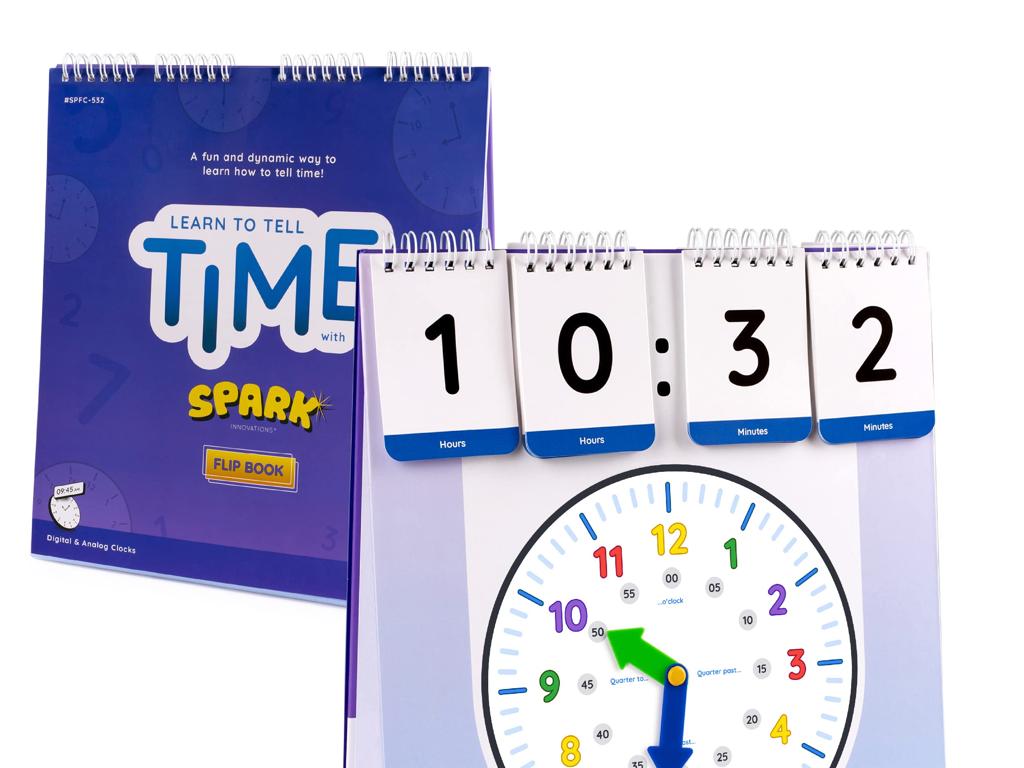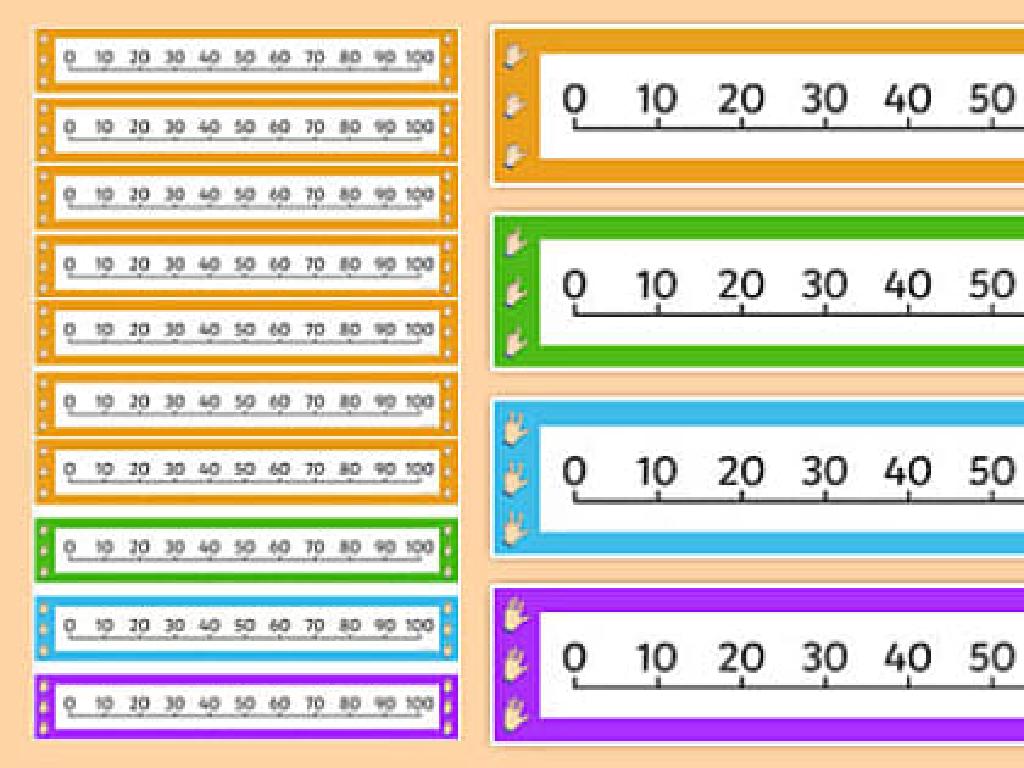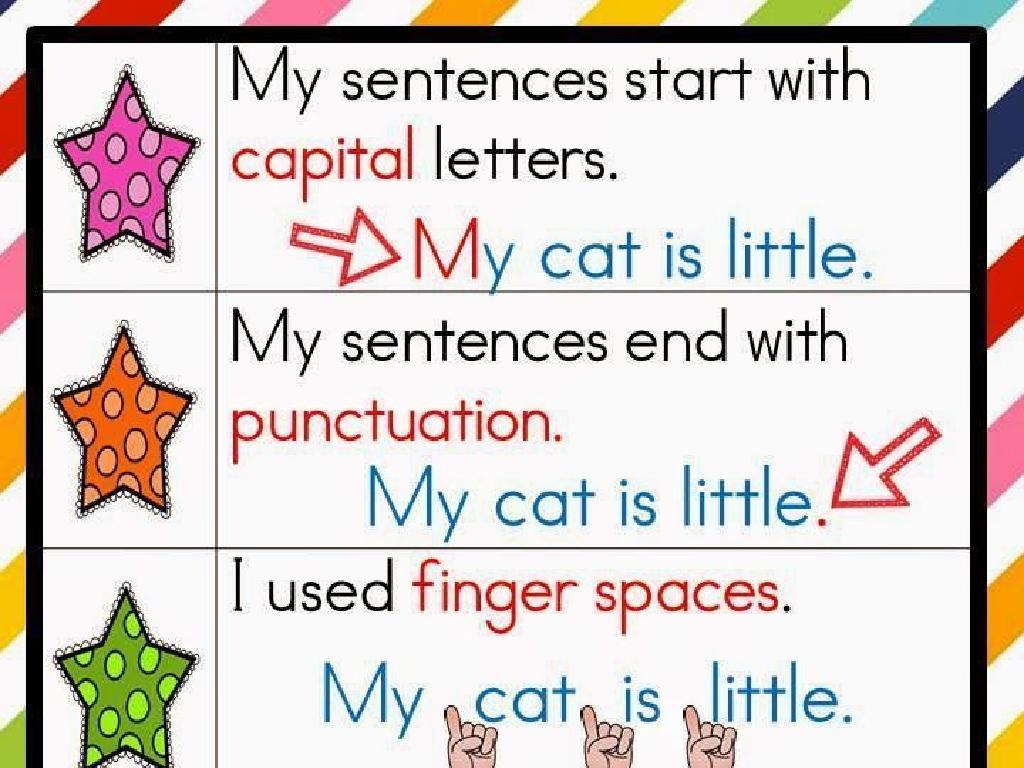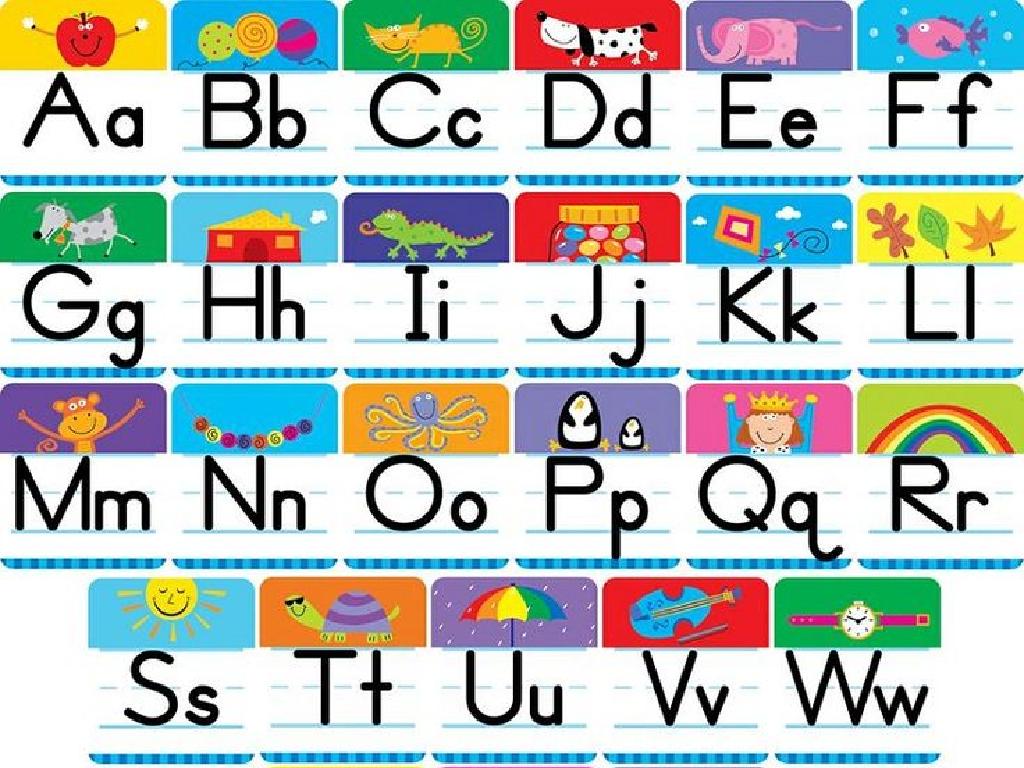Moss And Fern Life Cycles
Subject: Science
Grade: Fifth grade
Topic: Plants
Please LOG IN to download the presentation. Access is available to registered users only.
View More Content
Exploring Moss and Fern Life Cycles
– Basics of plant life cycles
– Moss life cycle stages
– Mosses don’t have flowers; they use spores to reproduce.
– Fern life cycle stages
– Ferns also use spores and have a two-part life cycle.
– Unique features of moss & ferns
– Both don’t have seeds and use spores for reproduction.
|
This slide introduces the students to the fascinating life cycles of mosses and ferns, which are unique in the plant kingdom due to their use of spores for reproduction instead of seeds. Begin with a review of general plant life cycles, then delve into the specific stages of moss and fern life cycles, highlighting the absence of flowers and seeds. Emphasize the differences and similarities between moss and fern reproduction, and how these adaptations have allowed them to thrive in various environments. Encourage students to think about how these plants differ from the flowering plants they are more familiar with.
Exploring Plant Life: Moss and Ferns
– Review plant parts: roots to flowers
– Roots absorb, stems support, leaves photosynthesize, flowers reproduce
– Photosynthesis: plants’ food-making
– Using sunlight, water, and CO2 to create glucose and oxygen
– Plants’ role in ecosystems
– Provide oxygen, food, and habitat; help in carbon and water cycles
– Focus on moss and fern life cycles
– Unlike flowering plants, mosses and ferns have unique reproductive cycles
|
Begin with a review of the basic parts of a plant and their functions, emphasizing the process of photosynthesis as the method by which plants make their own food. Highlight the critical role plants play in maintaining our ecosystem, including producing oxygen, providing food and habitats, and contributing to the carbon and water cycles. Transition to the specific life cycles of mosses and ferns, explaining how they differ from the typical flowering plant life cycle that students are more familiar with. This will set the stage for a more detailed look at these non-flowering plants and their unique characteristics.
Meet the Moss!
– Unique features of moss
– Mosses are small, green, and non-flowering plants.
– Moss habitats
– Mosses thrive in damp, shady locations.
– Moss life cycle overview
– Begins with spores, then grows into gametophyte and sporophyte stages.
– Spores to Sporophytes
– Spores develop into gametophytes, which then produce sporophytes.
|
This slide introduces students to the fascinating world of mosses, which are simple, non-flowering plants. Highlight the characteristics of moss, such as their small size and green color, and explain that they do not have flowers. Discuss the typical habitats where moss can be found, emphasizing their preference for moist and shaded environments. Explain the life cycle of moss, starting from spores that grow into the gametophyte stage, which is the dominant stage of the lifecycle and visible to the naked eye. The gametophyte then gives rise to the sporophyte, which will eventually release spores to start the cycle anew. Use diagrams to illustrate the stages and encourage students to observe moss in their local environment to reinforce learning.
Moss Life Cycle Explained
– Moss: Non-vascular plants
– Mosses don’t have typical roots, stems, or leaves.
– Moss reproduction without flowers
– Mosses use spores, not seeds, to reproduce.
– Spores: Nature’s life packets
– Spores are tiny cells that can grow into new moss.
– Moss life cycle stages
|
This slide introduces the unique aspects of the moss life cycle. Emphasize that mosses are non-vascular, meaning they don’t have the internal system of tubes to transport water and nutrients like other plants. Discuss how, unlike flowering plants, mosses don’t produce flowers or seeds; instead, they reproduce using spores. Spores are much smaller than seeds but can grow into a new plant under the right conditions. The life cycle stages of moss include the spore germinating into a protonema, developing into a gametophyte, and then producing sporophytes that release new spores. Use diagrams to illustrate the cycle and provide examples of moss in local environments if possible.
Discovering Ferns: Characteristics and Life Cycle
– Unique features of ferns
– Ferns have fronds and reproduce via spores.
– Diverse fern habitats
– Found in moist, shady forests but also in dry, rocky areas.
– Stages of fern life cycle
– Begins with spores, then grows into a gametophyte that produces sperm and eggs.
– From spore to full-grown plant
– Fertilization occurs, and a new fern sporophyte develops and grows.
|
This slide introduces students to the fascinating world of ferns, focusing on their unique characteristics, such as having fronds and reproducing through spores instead of seeds. Discuss the various habitats where ferns can thrive, emphasizing their adaptability. Explain the life cycle of ferns, starting from spores that grow into a gametophyte, which then produces sperm and eggs. After fertilization, a new fern sporophyte develops. Use diagrams to illustrate the life cycle stages and encourage students to think about how this cycle is different from that of flowering plants. Provide examples of local ferns if possible, and consider a class trip to a nearby forest or garden to observe ferns in their natural habitat.
Fern Life Cycle Explained
– Ferns: Vascular plants explained
– Vascular plants have tubes to transport water and nutrients.
– Fronds’ function in ferns
– Fronds are the leafy parts of ferns, crucial for photosynthesis.
– Sporophyte vs. Gametophyte stages
– Sporophyte: the fern you see; Gametophyte: produces sex cells.
– Alternation of Generations
– Ferns cycle between these two stages for reproduction.
|
This slide introduces students to the complex life cycle of ferns, emphasizing their status as vascular plants, which means they have specialized structures to transport water and nutrients. Fronds, the leafy parts of ferns, play a key role in photosynthesis and the plant’s growth. The alternation of generations is a core concept, where the fern life cycle alternates between a visible sporophyte stage and a microscopic gametophyte stage, each with distinct roles in reproduction. Encourage students to think about how this cycle ensures the survival and propagation of fern species. Provide examples and diagrams in class to illustrate these stages clearly.
Moss and Fern Life Cycles: A Comparison
– Similarities in life cycles
– Both have spores and alternate between two phases.
– Why no flowers?
– They reproduce via spores, not needing flowers for pollination.
– Moss and fern adaptations
– Moss: thrives in moist, shady places. Ferns: can grow on rocks/trees.
– Survival strategies in nature
– Adaptations like spores help them survive without flowers.
|
This slide aims to compare and contrast the life cycles of moss and ferns, highlighting their similarities such as their spore-based reproduction and the alternation between gametophyte and sporophyte phases. Students should understand that moss and ferns do not have flowers because they reproduce through spores, which are adapted to their environments. Mosses are particularly adapted to very moist environments, while ferns can often be found growing in challenging places like on rocks or as epiphytes on trees. Discuss the various adaptations that allow these plants to thrive and survive in their respective habitats, emphasizing the importance of these adaptations in the absence of flowers for reproduction.
Class Activity: Grow Your Own Moss Garden!
– Gather your materials
– You’ll need a container, moss spores, soil, water, and pebbles.
– Follow the garden steps
– Layer soil and pebbles, then add moss spores and water.
– Observe moss growth
– Look for changes in color, size, and texture over time.
– Document your findings
– Keep a journal of the moss’s development stages.
|
This hands-on activity is designed to help students understand the growth cycle of moss by creating their own moss gardens. Provide each student with a clear container, moss spores, soil, water, and pebbles. Guide them through the process of layering the soil and pebbles, sprinkling the moss spores, and adding water. Encourage students to observe their moss garden daily and note any changes in growth, color, or texture. This will help them learn about plant life cycles in a practical and engaging way. Possible variations of the activity could include using different types of containers, comparing growth with/without sunlight, or testing the effects of different amounts of water.
Conclusion: Moss and Fern Life Cycles
– Recap moss and fern cycles
– Review how mosses and ferns grow and reproduce.
– Significance of plant life study
– Understanding these cycles helps us appreciate biodiversity and ecosystems.
– Engage in Q&A session
– Time to ask questions about today’s lesson.
– Reflect on today’s learning
|
As we conclude today’s lesson, it’s important to review the key stages in the life cycles of mosses and ferns, emphasizing their unique characteristics such as spores and the absence of seeds. Highlight the importance of understanding these life cycles as they play a crucial role in our planet’s biodiversity and the health of ecosystems. Encourage students to ask questions to clarify their understanding, and use this opportunity to assess their grasp of the material. Finally, ask students to reflect on what they’ve learned and how it connects to the broader study of plants and their roles in our world.






